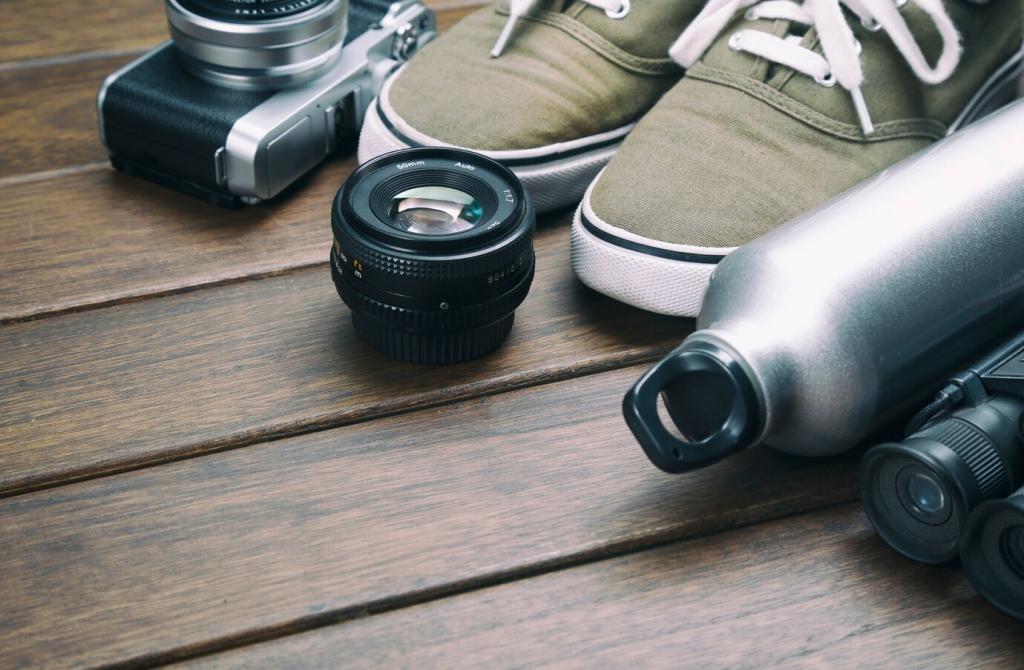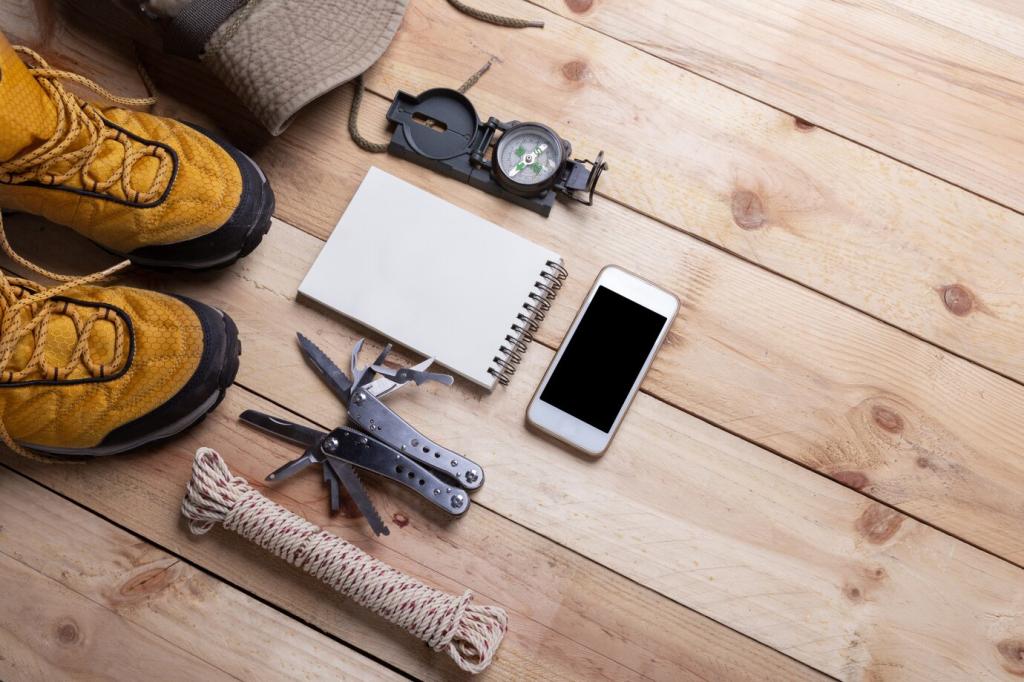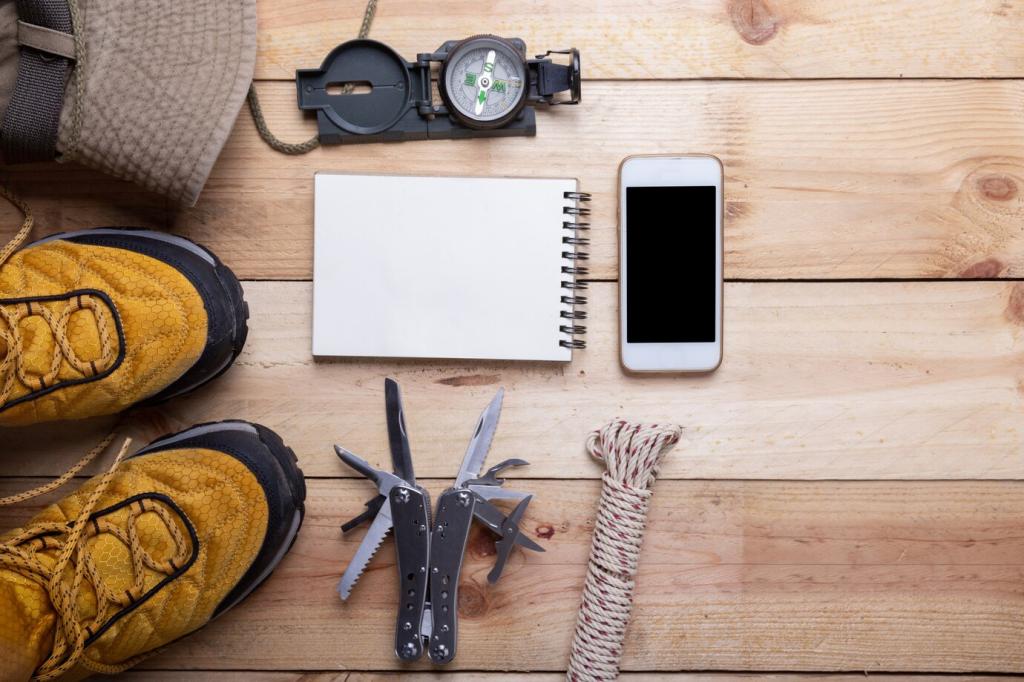Layering Techniques for Seasonal Hiking: Master Comfort in Every Forecast
Chosen theme: Layering Techniques for Seasonal Hiking. Step onto the trail feeling prepared, agile, and confident as we unpack smart, season-savvy layers that transform fickle weather into your hiking superpower. Subscribe and join our trail community for ongoing tips and gear wisdom.
Why Layering Wins: The All-Season Strategy
Your Body Is a Furnace
On climbs, your body becomes a furnace. A dynamic layering system regulates heat without trapping sweat, preventing chills when you stop. Share how you fine-tune warmth on steep ascents and encourage others with real-world adjustments that worked for you.
Microclimate Management
Clothing creates a microclimate around your skin. Good layering balances moisture movement and insulation, so you stay dry and warm. Comment with your favorite micro-adjustments, like unzipping a mid layer or swapping beanies as conditions shift.
Beyond the Three-Layer Myth
Three layers are a starting point, not a rule. Sometimes two layers suffice; other days demand four. The wisdom is in knowing when to vent, add, or stash. Subscribe for our seasonal checklists to refine your personal formula.

Base Layers: Your Next-to-Skin Foundation
Merino regulates temperature and controls odor; synthetics excel at fast wicking and quick drying; silk is light but delicate. Mix based on season and trip length. Tell us which fabric rescued you on a sweaty climb or a cold dawn start.
A snug but unrestrictive fit promotes wicking. Flatlock seams prevent chafing under pack straps. Try long sleeves in summer for sun defense without overheating. Share your best base layer for long days and what you avoid after tough miles.
Even in summer, a light base manages sweat and protects skin. Look for airy knits, mesh panels, and half zips for quick dumping of heat. Comment with your go-to ultralight top and how it performs on humid ridge walks.
Mid Layers: Insulation That Adapts
Grid fleece breathes well and dries quickly; active insulation combines light loft with air permeability for moving comfort. Test both on breezy traverses. Which kept you warm without clamminess? Share your pick and why it earned a permanent pack spot.
Mid Layers: Insulation That Adapts
Synthetic puffies handle damp conditions; down offers unmatched warmth-to-weight in cold, dry air. Consider a light synthetic for rest stops and a warmer down for camp. Tell us your puffy pairing for unpredictable spring and autumn trips.



Seasonal Playbook: Spring, Summer, Autumn, Winter
Pair a wicking base with grid fleece, a light wind shell, and packable rain shell. Keep a thin beanie and gloves handy. Share your best spring layer swap when sun, sleet, and rain all visited the same hike.
Seasonal Playbook: Spring, Summer, Autumn, Winter
Use a breathable long-sleeve base, ultralight wind shell, and a thin mid for chilly dawn starts. Prioritize ventilation and sun protection. What lightweight combo keeps you cool yet covered on exposed alpine trails? Join the discussion below.
Seasonal Playbook: Spring, Summer, Autumn, Winter
Favor an active mid, wind shell, and packable puffy. Add a hardshell when storms roll in. Bring warm accessories for breaks. Tell us your favorite leaf-peeping layer mix and how you handle sudden gusts on overlooks.
Quick-Access Strategy
Put your wind shell and light mid at the top of your pack or in exterior pockets. If it takes minutes to reach, you will wait too long. Share your pack layout that makes layering instantaneous on trail.
Climb, Crest, Cool-Down Routine
Before a climb, vent early. At the crest, add a layer before cooling sets in. During breaks, throw on a puffy immediately. What routine prevents your post-summit shivers? Drop your sequence to help other hikers refine theirs.
Hands, Head, and Heat Loss
Light gloves and a beanie weigh little and transform comfort. Adjust these first for quick thermal gains without sweating your core. What accessory saves your day most often? Encourage others by sharing your tiny heroes of warmth.



Trail Stories, Mistakes, and Lessons Learned
I once waited ten minutes to don my shell, hoping the drizzle would pass. It didn’t. I chilled fast, then shivered the descent. The fix was simple: layer sooner. Share your turnaround moment so others avoid the same trap.
Trail Stories, Mistakes, and Lessons Learned
When you overheat, you sweat. Sweat soaks layers, then wind steals warmth. Breaking the chain starts with early venting and pacing. What signals tell you to adjust? Comment with your cues—fogged glasses, damp cuffs, or that telltale sticky back.
